YouTube introduced an AI-powered Brand Pulse report that unifies paid and organic brand presence across the platform and attributes interactions between ads, creator content, and owned videos. This brief consolidates what is confirmed publicly and maps it to existing Google measurement products.
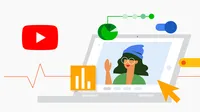
YouTube Brand Pulse report
Brand Pulse gives advertisers a single view of brand presence across YouTube by detecting mentions in both paid inventory and organic content, then surfacing metrics that connect the two. It uses multi-modal AI to identify brand references in visuals and language and reports deduped reach, category-relative attention, and halo effects from ads to organic outcomes. Availability is limited at launch, with broader details to follow.
Executive snapshot
- Two signal types detected by multi-modal AI - visuals such as logos and product shots, and language such as audio and titles - to identify brand presence across videos.
- Coverage spans at least three organic surfaces - brand channels, user-generated content, and creator collaborations - plus paid ads, consolidated into one report.
- Key metrics include Total Unique Viewers (deduped reach) and % Share of Watch Time (category context), plus metrics tying ads to incremental organic views and brand searches when users see both paid and organic videos.
- Creator activation is supported via Partnership ads, enabling brands to promote third-party videos that feature the brand with a paid unit.
- Rollout status: limited to select advertisers as of Oct 2025. Broader availability and API or export details are not yet published.
Implication for marketers: Plan media and content jointly. The tool is designed to quantify reach overlap, paid-to-organic halo, and search behavior so budgets can be optimized across ads, creator integrations, and owned video.
Method and source notes for brand measurement
- What is measured: a unified view of paid and organic brand presence on YouTube using multi-modal AI to detect brand mentions in visuals and language. Metrics include deduped reach, category share of watch time, paid-to-organic view effects, and brand search behavior when exposed to both paid and organic.
- Who and when: YouTube Ads product team announcement on Oct 9, 2025.
- Related measurement products: Google’s Brand Lift for incremental ad recall, consideration, and brand-related search; YouTube Analytics’ Unique viewers for deduplicated reach; Watch time minutes as the basis for share-of-watch-time metrics; and Partnership ads for promoting creator videos featuring the brand.
- Caveats: No precision or recall benchmarks for AI detection, no sample sizes for lift estimates, and no details on export, category taxonomy, or MMM integration.
Findings on paid and organic video measurement
- Signal detection and coverage: The report uses multi-modal AI to detect brand mentions in visuals and language across both paid ads and organic videos, improving capture of incidental creator mentions that manual tagging might miss.
- Deduped reach and attention context: Total Unique Viewers provides a deduplicated audience estimate across YouTube surfaces. % Share of Watch Time contextualizes a brand’s watch time relative to its category baseline.
- Paid-to-organic halo: Metrics quantify how paid ads lead to additional views on organic videos and how exposure to both paid and organic content corresponds with increased brand searches, consistent with Brand Lift’s exposed vs control approach for search lift.
- Creator amplification: Brands can act on insights by promoting high-performing creator videos featuring their brand via Partnership ads, a Google Ads format that runs against third-party creator content with permissions.
- Availability: Early access to select advertisers, with more details expected in the coming months and no published technical documentation or validation studies yet.
Interpretation and implications for media strategy
- Likely: A single, deduped view of exposure across ads, creator, and owned content will reduce double counting and clarify incremental reach. Expect better frequency management and clearer trade-offs between paid impressions and organic attention.
- Likely: Paid video can stimulate additional organic viewing and brand search. Quantifying that spillover in one report supports investment cases for sequencing and flighting across ads and creator integrations.
- Likely: % Share of Watch Time offers a category-normalized comparator to guide content cadence and length decisions toward formats that build sustained watch time, not just views.
- Tentative: AI detection breadth should improve capture of brand presence, but accuracy will vary by logo variability, packaging, co-branding, and audio quality. Validation against brand taxonomies and spot checks is still needed.
- Tentative: Partnership ads can scale creator content that organically trends for a brand, but effectiveness depends on eligible inventory and brand suitability controls.
- Speculative: If export or API access is added, these signals could feed MMM to quantify paid-to-organic multipliers. Until then, use results directionally alongside Brand Lift and YouTube Analytics.
Contradictions and gaps in brand measurement
- Measurement validity: No published precision or recall for the brand-mention model, and unknown false-positive or false-negative rates by category and language.
- Taxonomy transparency: The construction of categories for share-of-watch-time benchmarking is not documented. Cross-category or mixed-content videos may affect comparability.
- Scope and bias: It is not specified whether the report weights negative vs positive mentions or accounts for sentiment. Organic exposure does not necessarily imply favorable impact.
- Integration: No stated support for raw event export, API access, or connections to Ads Data Hub or MMM. Alignment with existing Unique Reach and Brand Lift workflows is implied but not detailed.
- Availability: Limited rollout constrains benchmarking. No case studies with sample sizes or confidence intervals have been published.
Data appendix
Metric mapping
- Total Unique Viewers: deduplicated estimate of viewers exposed to brand content across YouTube surfaces over a selected period, aligned with YouTube Analytics’ Unique viewers concept.
- % Share of Watch Time: a brand’s share of total watch-time minutes within a YouTube-defined category for the period.
- Paid-to-organic views: incremental organic video views attributable to ad exposure. The methodology is not publicly specified.
- Search lift when exposed to paid and organic: incremental change in brand-related searches measured relative to a control group, consistent with Brand Lift methodology.
Activation lever
- Partnership ads: a Google Ads solution to promote creator videos featuring the brand, enabling paid distribution of third-party content with permissions and measurement in Google Ads.
Sources
- YouTube Ads blog (Romana Pawar), “YouTube’s new report helps brands understand the full value of paid and organic video,” Oct 9, 2025.
- Google Ads Help, “About partnership ads.”
- Google Ads Help, “About Brand Lift” (exposed vs control, survey and search lift).
- YouTube Help, “Unique viewers in YouTube Analytics.”
- YouTube Help, “Watch time in YouTube Analytics.”

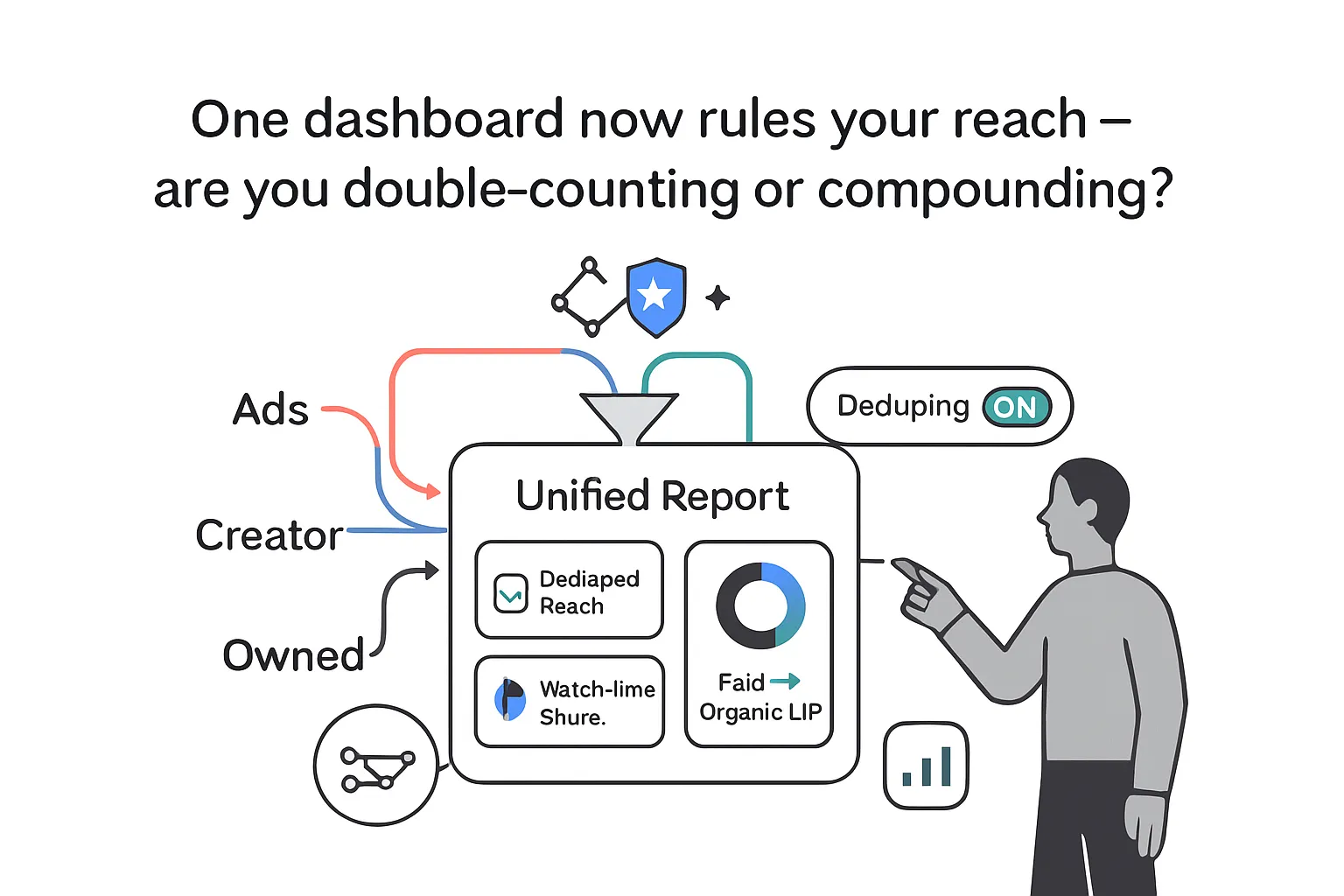



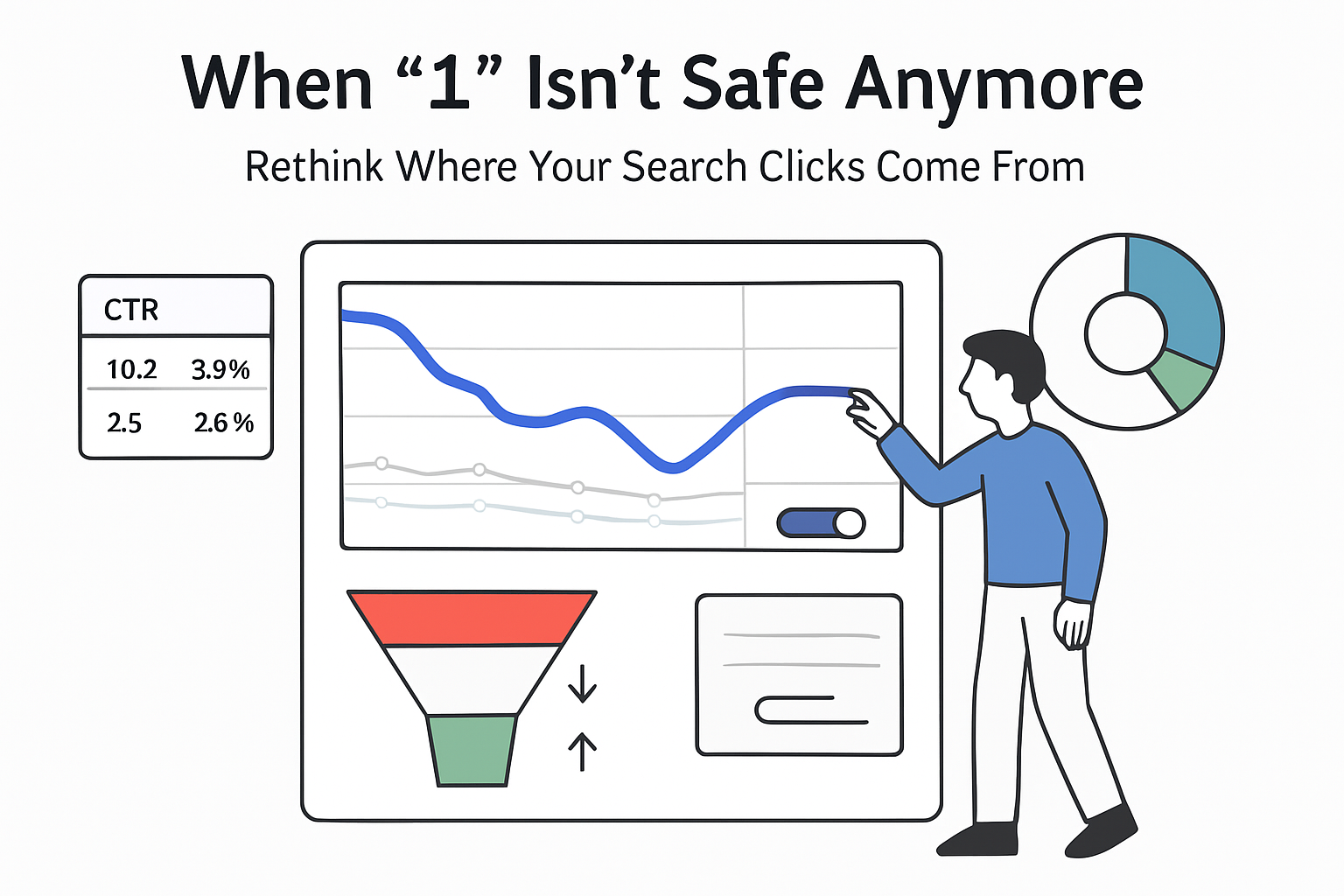
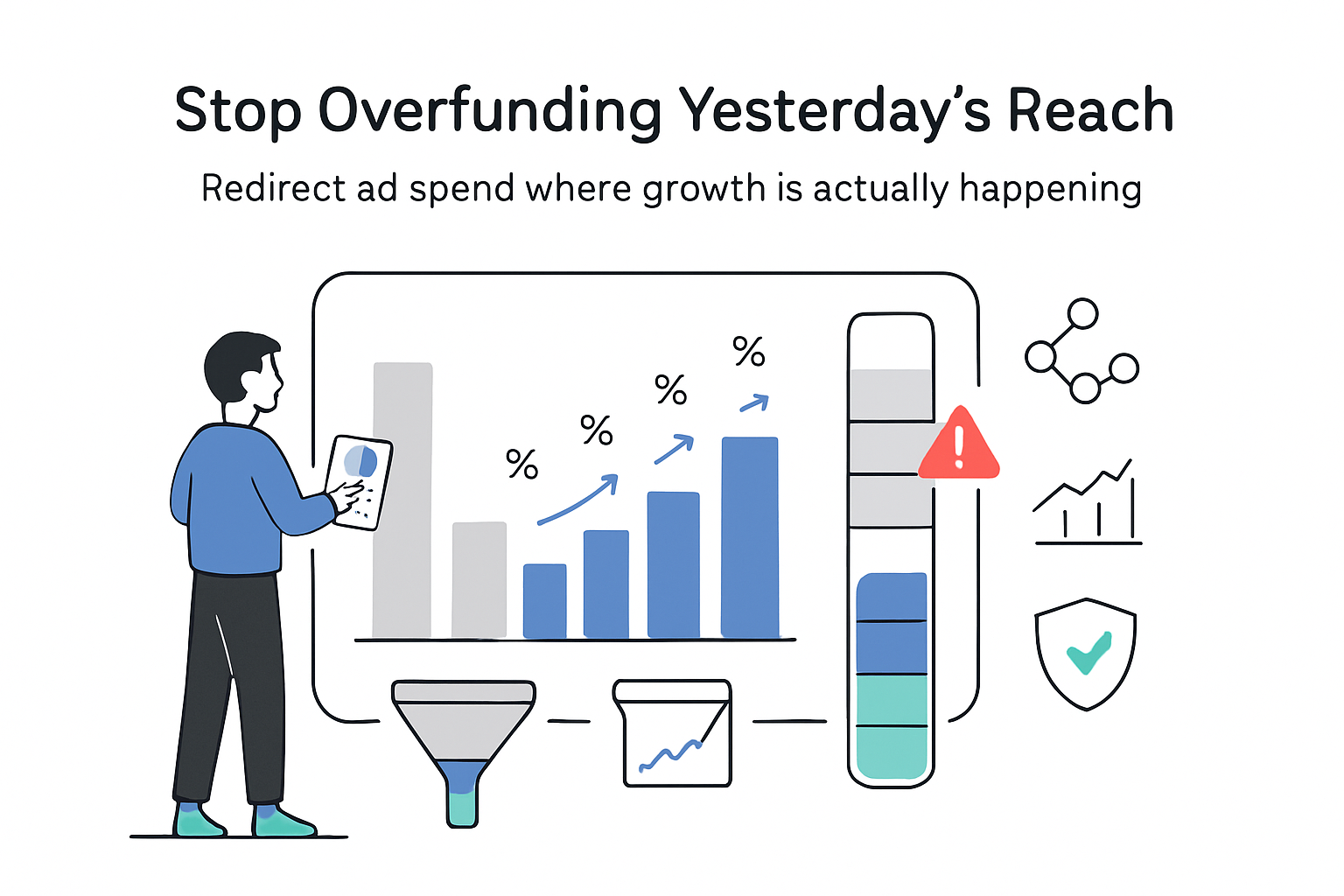
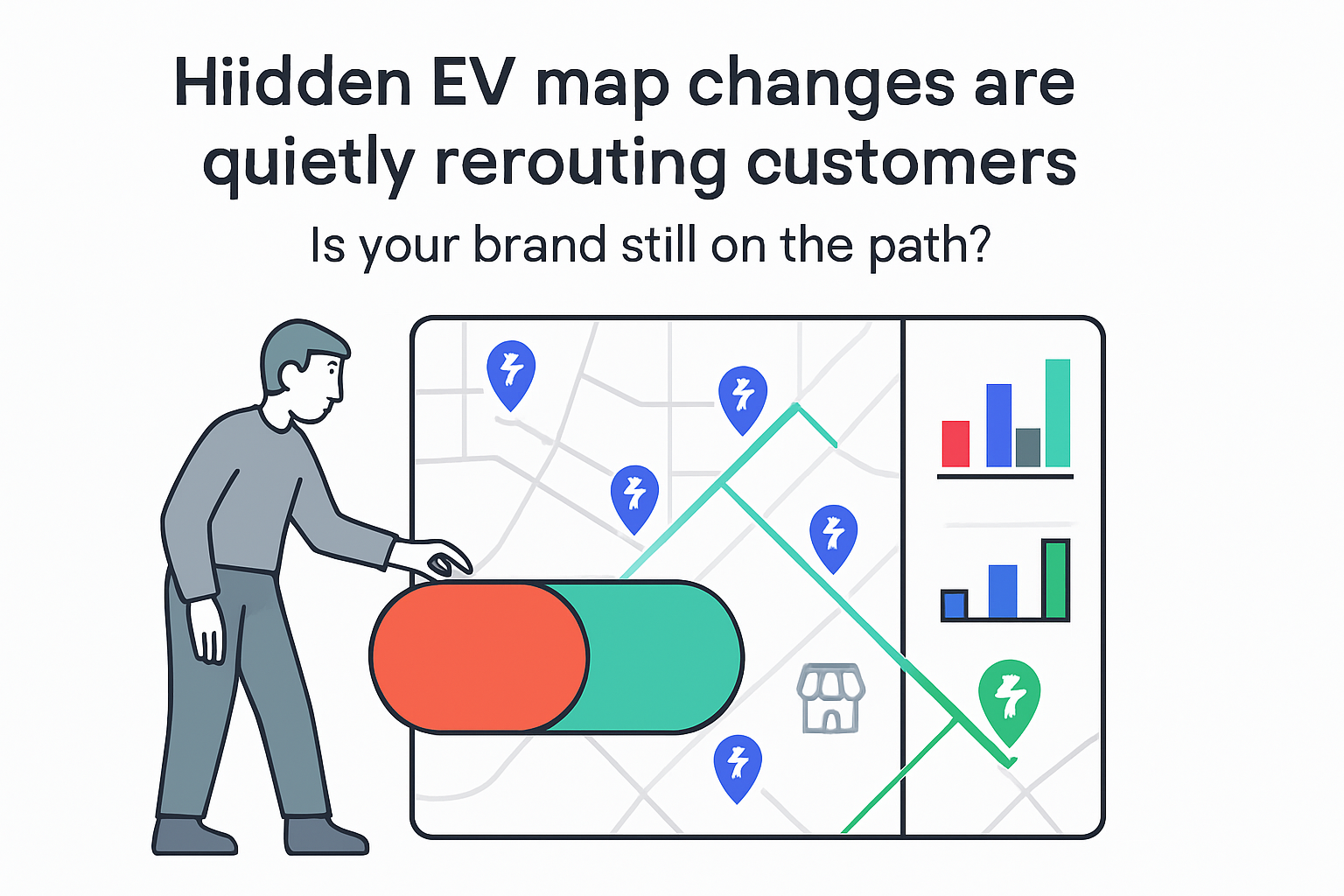
.svg)